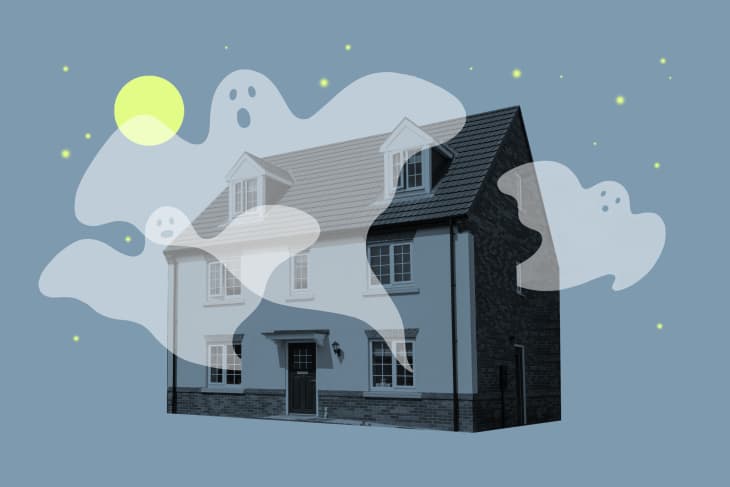I Was a Paranormal Investigator — Here’s How to Check Your Home for Ghosts

For a few years, I was a ghost hunter. My team and I would go into homes and businesses and investigate them for spirits that might be causing disturbances on the property. We got some pretty compelling evidence, too. Once, I caught a ghostly mist on camera with no explanation. I also captured a number of voices on my recorder, one of them calling to someone named Mary and another saying, “Go away, pig!” The scariest instance was when I laid down underneath a bed and looked over to see a child in a white dress lying next to me — except there was no child there.
Ever since I began working that unique gig, I constantly get asked for advice from people who want to investigate their own homes for ghosts but aren’t sure how to go about it. So to help them — and all of you — here’s a guide on what you should do.
Document the disturbances.
First things first: Make a list of everything that’s happening. Are you getting a cold chill in odd spaces, or hearing footsteps in a room no one is in? Write it down. You want to know exactly what is happening — and when — so you can target your investigation.
Attempt to disprove the disturbances.
Take that list you made and try to disprove everything that’s happening. Perhaps the cold chill is a draft from your AC kicking on. Maybe you’re getting weird lights in one room because a car’s headlights are reflecting off a mirror somewhere. The goal is to find a reasonable explanation for whatever you’re experiencing so you can rule out ghostly occurrences.
Set up motion-sensitive video cameras.
From this point on, your investigation will be done overnight. If you weren’t able to disprove anything, set up cameras in the rooms where things have been happening. Make sure they’re motion-sensitive — trust me, it’s not fun to sift through eight hours of camera footage to come up with nothing. Motion-sensitive cameras will catch anything that moves and only record when something is moving. If you can get one with temperature sensitivity, even better. That way you can track those cold drafts and see if they’re taking on any specific shapes.
Conduct EVP sessions.
Once your cameras are set up and running, sit in each room where things have happened and do EVP sessions. That stands for electronic voice phenomena, or ghostly voices you record. You’ll use an audio recorder (the Zoom brand is best). Turn it on and set it down — don’t touch it again. Quietly ask questions like “is someone here” or “what’s your name” and listen for a response. Give it some time after each question, too. Your recorder may catch things you don’t hear, and you don’t want to be talking over it. You can also ask for a sign, like “knock twice if you’re here with us.”
Take a ton of pictures.
Even though you’ve got your video cameras up and running, make sure you’re taking a lot of pictures throughout the night, especially where you’ve had ghostly experiences. Different types of film can catch different things.
Go over the evidence.
The next day, sit down and comb through the evidence. You’ll be looking for any odd shapes, reflections, or shadows, as well as any movement on video or noises in the audio. If you find an orb, it’s probably nothing — those are almost always dust or bugs. If you find anything else … you may have a Casper on your hands!